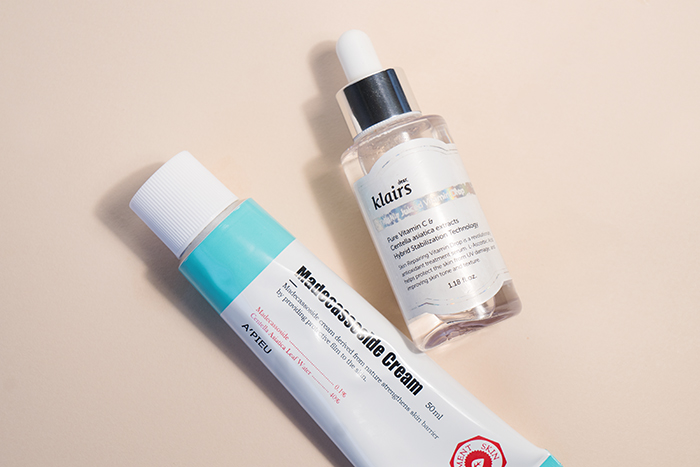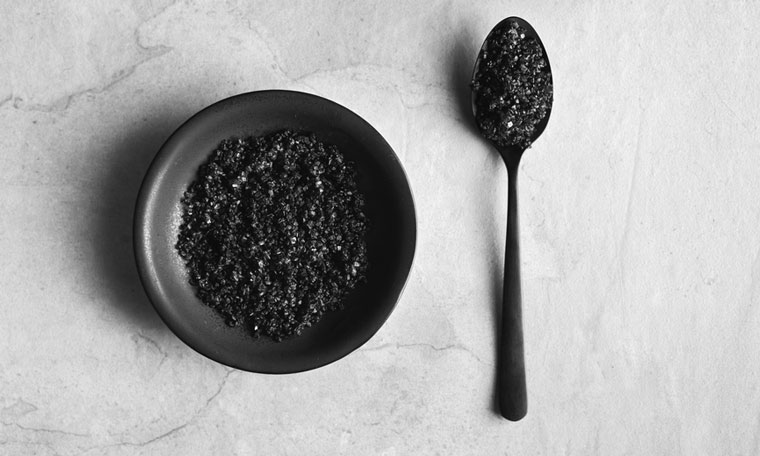When it comes to skin care tips for vitiligo, you should focus on protection. Here, we explain what vitiligo is and dermatologists describe the best treatment options.
Whether you’ve been diagnosed with vitiligo, think you might have it, or are simply curious to learn more about the skin condition, you’re in the right place. Today, with help from two dermatologists, we’re doing a deep dive to explore what vitiligo is, when and why it occurs, symptoms, and both in-office over-the-counter treatments and remedies.
What is Vitiligo?
Before we dive all the way in, let’s first dip our toes and discuss what vitiligo is.
“Vitiligo is an autoimmune disease where the body attacks the melanocytes, which makes the color for our skin and hair,” explains Debra Jaliman, a board-certified dermatologist and author of the book Skin Rules: Trade Secrets from a Top New York Dermatologist. “Then the person develops patches of skin that have a loss of skin color and the hair can develop streaks of white. This can even occur with white hair in the eyebrows or even in the eyelashes.”
She said that vitiligo can occur at any age, but it’s usually between the ages of 20 and 30 and almost always presents before age 40.
Common Symptoms of Vitiligo
Common signs of vitiligo include patches of lost color in the skin—often accompanied by white hair in the same area—and lost pigment in the eyebrows and eyelashes. It can also cause some problems in the eyes, such as abnormal tear production and changes in vision, says Jaliman. She also says that some people with vitiligo can also have hearing loss because the cells in the ears have pigment, and when the pigment is lost, it can ultimately affect hearing.
Vitiligo ranges from mild, tiny patches of slight discoloration to extreme cases that involve a large body surface area. Because of the nature of the condition, “Vitiligo is more noticeable in darkly skinned individuals. People with very light skin may find it barely visible,” says Suzanne Friedler, a dermatologist with Advanced Dermatology PC.
Unlike many skin ailments, vitiligo almost never causes any pain or discomfort—it’s primarily aesthetic.
Standard Treatment for Vitigilo
Because of the nature of vitiligo, it’s very important to consult a dermatologist to create a regimen that helps you manage the it. Your doctor can also write steroid prescriptions for you and will help ensure that you don’t have any vitamin deficiencies or other autoimmune disorders at the same time, notes Friedler.
“There are prescription creams that control the inflammation in the skin and in some people may help improve the color. These include topical steroid creams and also immune stimulator creams, like tacrolimus and pimecrolimus,” adds Jaliman. “There are also other treatments where a topical psoralen can be used, which stimulates the skin to make it more photosensitive with light treatment. The psoralen can be taken by mouth or applied to the skin.”
If that treatment isn’t effective, Jaliman says that there is a technique where small, normally pigmented areas of your skin can be taken out and put in the areas where you lost the pigment in order to stimulate pigment production. Also, tattooing can be used to blend the unpigmented skin with the natural color skin.
Recommended Over-the-Counter Products
You can supplement the above treatments with over-the-counter products, as well. For starters, if concealing is your goal, some people with vitiligo have found that camouflaging their non-pigmented patches with makeup is effective. For mild cases, you might find something as simple as BB cream, such as Erborian BB Creme Au Ginseng, an effective concealer.
Of course, you can always embrace your vitiligo, too. There are models who have become famous partially because of their beautiful and uniquely pigmented skin caused by vitiligo, such as CoverGirl’s Amy Deanna and America’s Next Top Model-turned runway phenomenon, Winnie Harlow.
Whatever you do, though, make sure you apply SPF! Both dermatologists stressed the importance slathering on quality sunscreen, especially in any areas that lack pigment and are prone to quick burning. Some of our favorites include Neogen Day-Light Protection Airy Sunscreen and Cell Fusion C Laser Sunscreen 100 SPF 50+/PA+++.

Other ingredients that are good to use include vitamins A (retinol) and vitamin C, as well as folic acid. We recommend Klairs Freshly Juiced Vitamin C Serum and our A’Pieu Madecassoside Cream, an all-in-one moisturizer that helps soothe irritated skin and repair damage as a go-to moisturizer.
The Bottom Line
If you suspect you have vitiligo, or have been formally diagnosed, create a regimen with your dermatologist, invest in a quality SPF (this goes for everything, really), and know that you have options when it comes to camouflaging, treating, and embracing.



